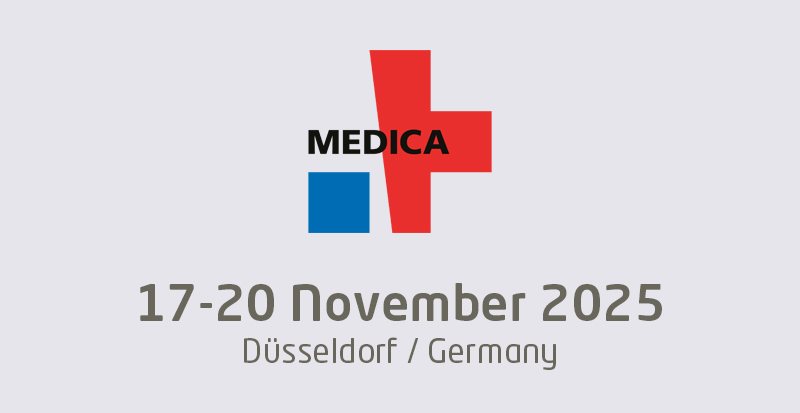Exclusive Article by Thanh Tran, CEO, Zoeticx at EMRIndustry.com
We have seen many cases of advances in medicine stem from one discovery. The larger the dicovery, the more coattails. One such example is happening in the field of prescription medicines.
Many people don’t realize that 2.2 million U.S. citizens suffer from adverse drug reactions with 80,000 annual deaths yearly from drugs that are prescribed properly and 80,000 deaths from those which are not. Approximately 289 billion is spent annually on malpractice payouts.
The CDC ranks this as the fourth highest cause of deaths in U.S. after heart disease, cancer and strokes. With 35 new medications introduced yearly and 25 percent of patients on multiple medications. The introduction would require physicians to stay on top of the new medications, as well as all its affects on top of all the existing medications.
With an aging population, old patients have a much high percentage of taking more than five drugs at the same time; exposing those on prescriptions to drug adverse events. Baby boomers are approaching retirement age, presenting an additional layer of challenges for drug adverse events. There are also more patients.
The Affordable Care Act places an additional 30-40 million patients in US healthcare systems, but with the same number of physicians. It also means that physicians have to be more effective. Scalable bandwidth coupled with limited solutions and offered with existing EHR systems increases the potential for drug adverse events. Major developed industrial countries such as Japan, Germany, France and China have the same challenges. The global need for a solution is growing.
DNA Advances Breaking Through Drug Analysis Limitations
Through an intuitive visualization of drug-to-drug interactions, drug-to-allergy interactions, and drug to DNA metabolization, medical professionals can now create what-if scenarios for drug issues, enabling providers to personalize prescriptions. This capability breaks through providers’ drug analysis limitations and the burdensome task of scanning and searching text and tables to identify adverse reaction data which is often complex.
Even with this breakthrough, one of the roadblocks to a solution earlier has been limitations of EHRs. While most EHR vendors offer a number of capabilities to address drug adverse events, there have been serious limitations such as ease of use. EHR vendors do support drug adverse events by presenting physicians with texts and alerts. In this scenario, data is presented, but there is no specific information that helps health providers’ reduce the potential for drug adverse events.
There is also no support for the drug and DNA metabolizer interaction on deployed EHR systems. Even if EHR vendors decided to provide this capability, time to deployment is a huge challenge facing EMR vendors to bring such solutions to market. There is time for an EHR development cycle that could be available in about a year. However, once the solution is available, deployment time would be at least another year.
There is also the issue of integration with lab systems. Most clinicians have interoperability challenges with lab systems. The lack of interoperability is another ‘speed bump’ towards supporting a complete drug adverse solution including DNA metabolizers. Even if EHR vendors built agnostic solutions that could overcome the above challenges and present a solution to their providers within the 2015 calendar year, there would be a second set of challenges. What happens to the providers not deployed with EHR systems from the above vendors? Rip and Replace is not a viable solution to give providers such offerings due to the clinics operational disruption.
Integrated EHR System Needed
What is needed is an integrated solution that leverages existing EHR systems. A number of solutions offer similar capability, such as enhancing the capability offered by EHR systems, but they operate independently from the existing deployed EHR systems. By operating separately from the deployed EHR solutions, without an integrated solution, providers would face other challenges, starting with integration and HIPPA patient privacy protection.
The ideal interface would integrate patient medical records via an on-demand, real time access from EHR and EMR systems. There would be no disruption to existing operations and no IT investments, with a cloud-based deployment. Data duplication should not be necessary so the solution would meet call required secure patient privacy protections outlined by HIPAA. It should also be available on mobile and web interfaces, providing precise, personalized medication prescriptions.
Medical Industry Beneficiaries
Patients would be the primary beneficiaries. They would receive better outcomes due to personalized, precise prescriptions, reducing drug adverse events. Healthcare providers and medical institutions could provide better doctors, better care quality, better reimbursements due to better coding for DNA lab results, and above all, help providers scale up (bandwidth). Also labs that support DNA testing would benefit from additional revenue and better applications using the DNA metabolizer results. The health insurance industry would see a reduction of malpractice costs and overall reduction of payments due to re-visits.
While there are products available such as YouScripts, DDI systems and EMR vendors, one solution that comes closest to meeting the above requirements is TruRecord. It is the only solution embedded with Zoeticx‘s Patient-Clarity server for EHR interoperability and can easily integrate with lab systems. The platform connects disparate EHR records and enables medical system interoperability. Zoeticx Patient-Clarity is an embeddable platform, designed to support fast, focused, integrated healthcare applications addressing provider’s needs for their diverse care environment.
As a specific example, TruRecord can be expanded to be part of an oncology support solution since cancer patients are exposed with potential drug adverse reactions. At the same time, there would be other specific requirements from oncology.
Zoeticx is raising funds for a fall launch of TruRecord on medical crowd funding site Medstartr http://www.medstartr.com/projects/662-trurecord

























